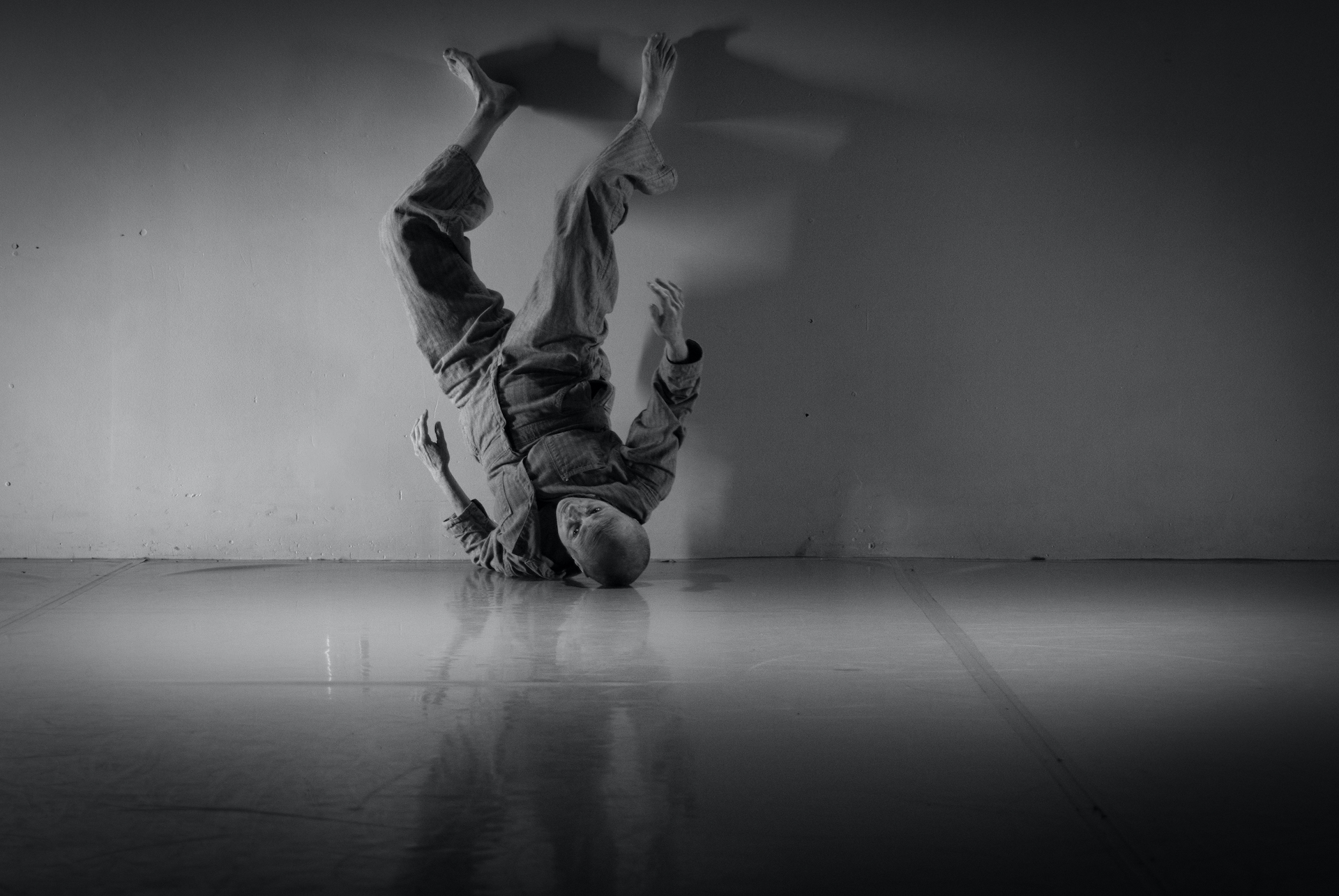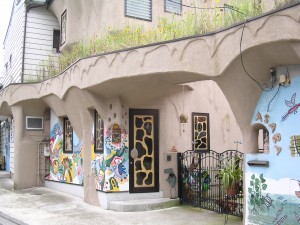This is officially my last week in Japan. When I first arrived this seemed like a very foreign place. Now that I have been here for a while and contemplating a return to the good ole US of A, Japan feel like home and the US seems like some alien world full of ghosts and strangers.
I hope that is not the case! I really do look forward to getting back to being an artist and disseminating the inspiration I have received here. I feel like a sponge that has soaked up all it can and needs to be wrung out. Well not really wrung out just squeezed gently!
I have gained so much from this experience. The workshops, classes and performances have been at the core, and through the butoh connection I have met fascinating new friends, been inspired by brilliant teachers, luxuriated in exquisite performance and even had time to enjoy a few amazing sights along the way.
I feel I have only touched the surface of the butoh opportunities that are here — I am just now getting into the loop of finding out about performances, classes and workshops. So many teachers, performers and artists struggling to survive and even succeed. Butoh is alive and well in Japan; it just lives underground, on the fringe, along the edges, beneath the suface where you have to dig to find it. I am glad I brought my shovel, but mostly I used my hands and feet. My fingernails are pretty dirty from the effort but I will use that grime as fodder for new growth in my home community and beyond.
I visited with Kazuo Ohno again last night. My friend Nathan left a bouquet of lillies on Kazuo’s chest when we left. This beautiful image made me cry. He was so peaceful last evening, not like the last time — Yoshito was with us and seemed to stir him up. Kazuo was singing and dancing — in his way, with the feeding tube in his nose, his beautiful hands drawn up to his chest, his glowing skin vibrating with love and life — what dance is he doing now?






